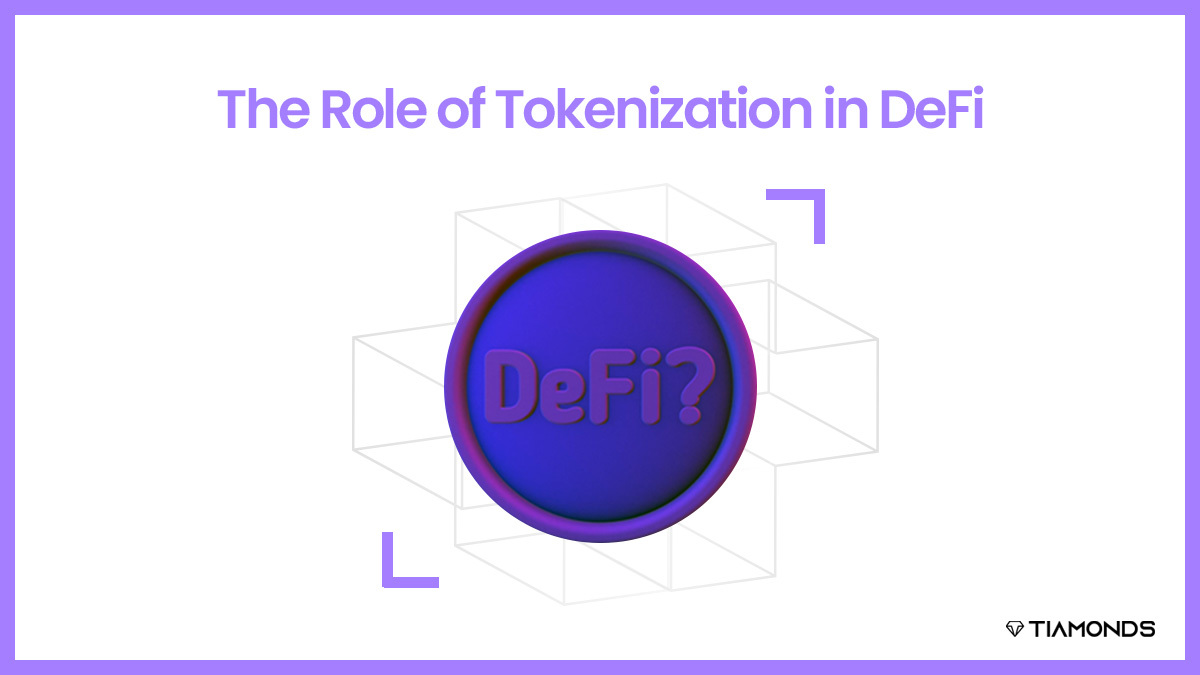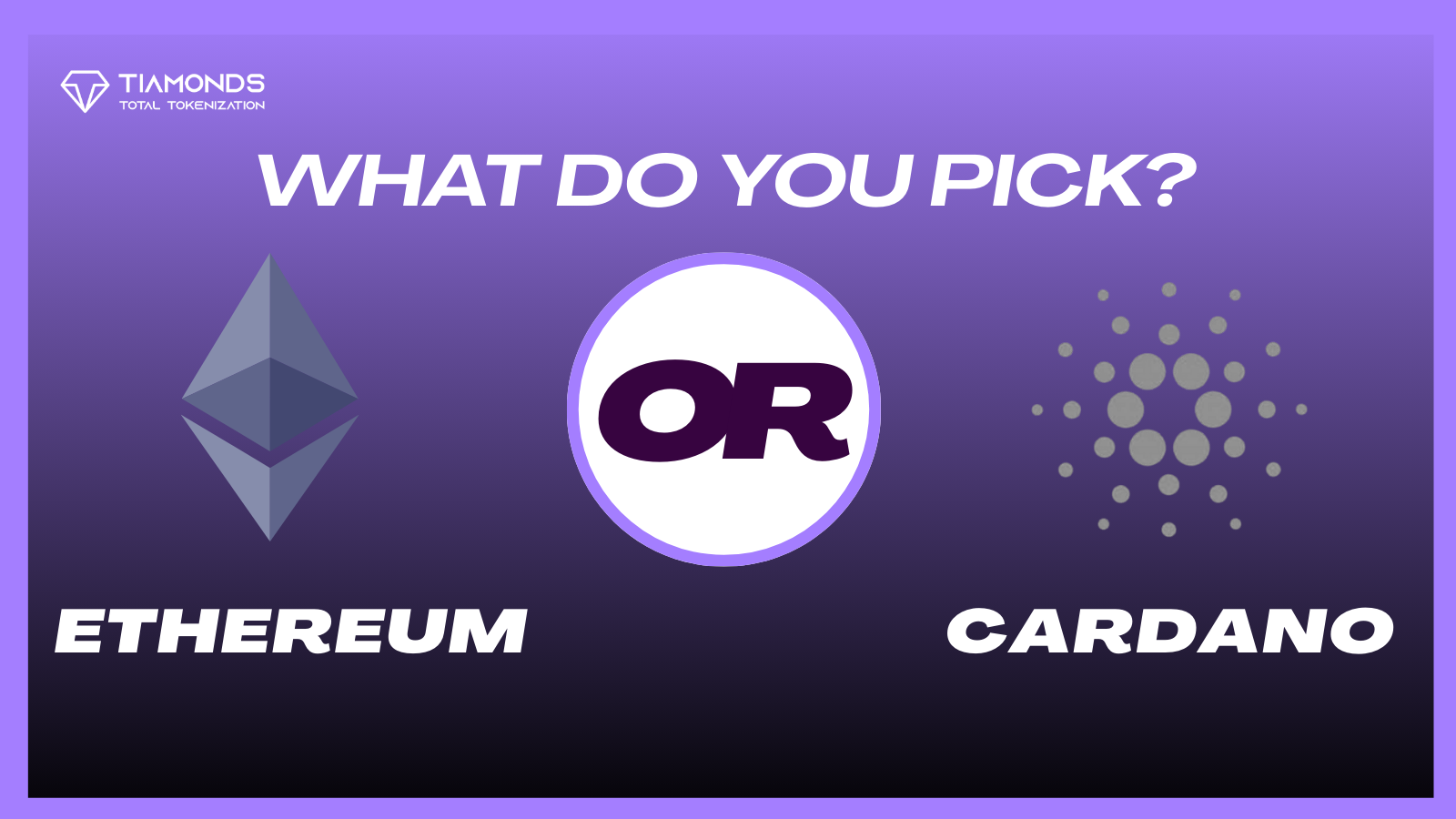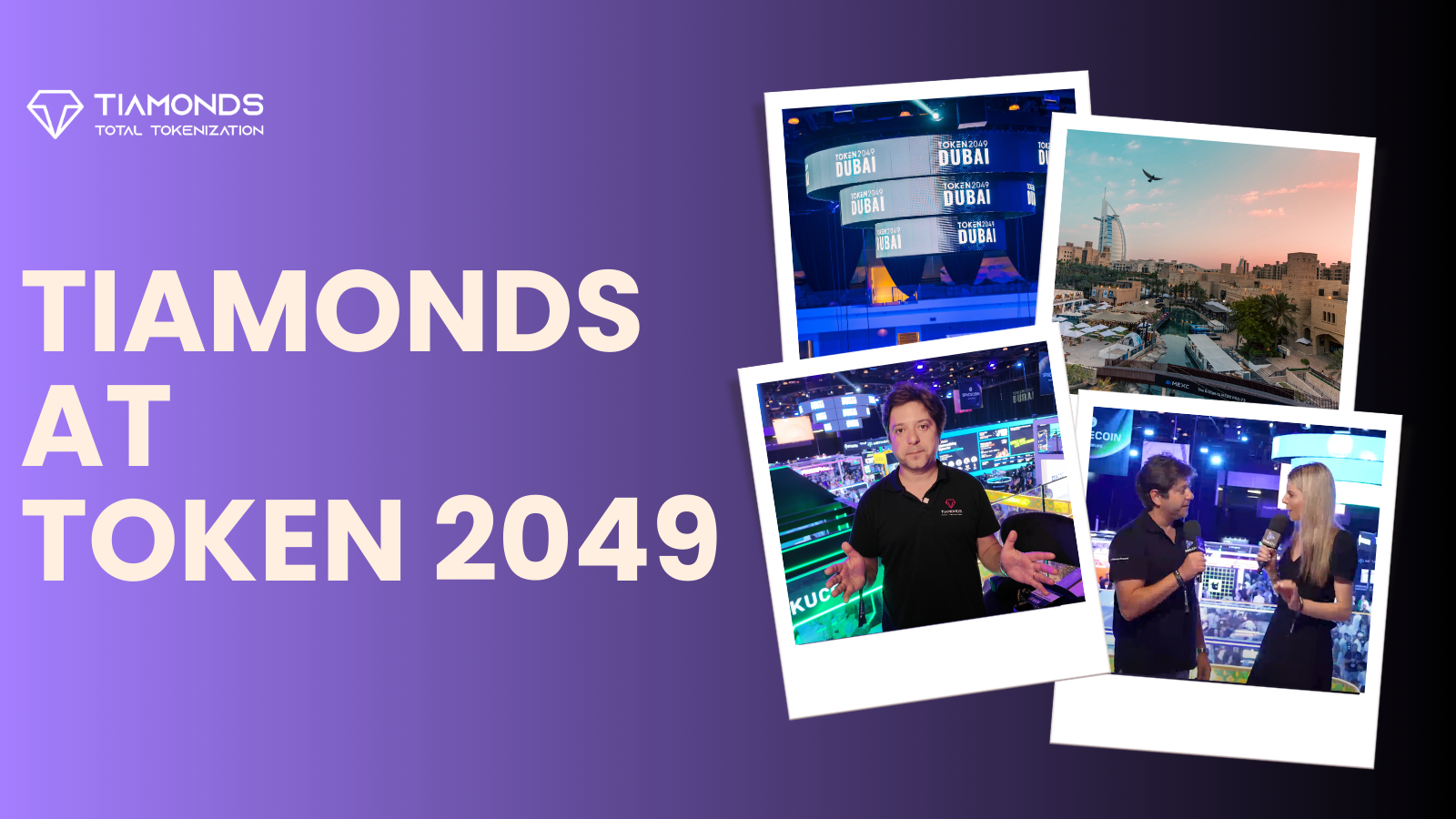Tokenization in DeFi possesses the capacity to fundamentally transform the financial sector through the enhancement of accessibility, transparency, and security in financial services. It has the potential to democratize the accessibility of financial services, particularly in regions where the number of conventional financial institutions is limited or their dependability is lacking. On the other hand, experts predict that the global tokenization market will grow at a CAGR of 19.5%, rising from $1.9 billion in 2020 to $4.85 billion in 2025. This indicates that there are no indications that the worldwide tokenization market will slow down its accelerated expansion.
But what does tokenization mean in the realm of cryptocurrencies? The process of tokenization involves using a digital token on the blockchain to symbolize a tangible asset. Tokenization can refer to the creation of digital tokens representing assets such as real estate, commodities, or even art in the context of DeFi. The subsequent trading of these tokens on decentralized exchanges enables the purchase and sale of the underlying assets in a more transparent and efficient manner. To provide a stable store of value, tokenization can also facilitate the development of new financial instruments, such as stablecoins (digital tokens pegged to the value of physical assets, such as the U.S. dollar). This enables the integration of cryptocurrencies into a wider range of conventional financial activities, including bill payment and purchase transactions.
Table of Contents:
ToggleWhat is the Role of Tokenization in DeFi?
Before you can tokenize assets, you must comprehend the function of smart contracts in converting physical assets to digital ones. Smart contracts assist in managing and executing digital tokens secured by underlying assets. Pre-existing lines of code on the blockchain network document the agreements between the parties. Thus, smart contracts become enforceable and self-executing. Fulfilling contractual obligations allows investors to receive tokens directly. Smart contracts provide participants with enhanced transparency, accuracy, and efficiency through the public availability of historical data and contractual teams.
Tokenization in DeFi, defined technically, pertains to the development of an information code that emphasizes crucial components of an asset and offers select user-interaction methods with the digital representation. We developed this information technology code for the Ethereum blockchain using Solidity.
The Process of Asset Tokenization in DeFi
Select the model for asset representation
The Ethereum community develops token standards to represent different categories of assets. These standards facilitate the implementation of decentralized digital assets. They facilitate interoperability between blockchain-based initiatives. A token standard is a collection of functions that can represent the distinctive qualities of an asset. Prior to determining which token standard to implement, it is critical to assess the fundamental properties of the asset. When determining how to tokenize an asset, it is critical to consider the user’s privacy. Although blockchain by default implements transparency, not all industries and use cases may be amenable to it. For private blockchains in particular, technologies such as zero-knowledge proof can mitigate this issue.
Modify the Asset
Before implementing the token paradigm for asset representation, it is crucial to consider a variety of factors. Which data is stored on-chain and which is stored off-chain should be made explicit. Legal and regulatory constraints pertaining to data privacy, data trust, and scalability must be duly considered in the process of token code and behavior development. Tokenization of financial assets necessitates appropriate engineering in order to oversee liquidity, issuance, and additional facets. With the potential demand from regulators for issuers of digital assets to furnish comprehensive information regarding the behavior of tokens, it is advisable to incorporate a term sheet document.
An analysis of the security and technical components of the informatics code
An audit of smart contracts must be performed utilizing standardized procedures. Specialized third parties must assess and endorse the electronic code before its deployment online.
Implementation of the Computing Code
After a successful security evaluation, you can upload the code to the blockchain. Whether it is private or public is contingent on the use case. Users ought to be able to transmit and store these tokens following the implementation of the IT codes.
Post-Tokenization Administration
Token holders will receive dividends or interest payments on tokenized assets in the form of cryptocurrency or an equivalent fiat currency in the future. In addition, issuers of digital tokens bear the responsibility for financial reports, accounting, and taxation.
To Conclude
In the context of tokenization in DeFi, these digital tangible assets signify a profound transformation of the financial environment. DeFi protocols, through the incorporation of physical assets as collateral, have the potential to fundamentally transform the accessibility and inclusiveness of financial services. This innovation has the potential to democratize DeFi, making it accessible to a wider demographic beyond the realm of cryptocurrencies. Additionally, by dismantling barriers and promoting greater financial inclusion, the tokenization of tangible assets possesses the potential to profoundly transform the framework of the existing financial system.




